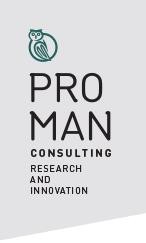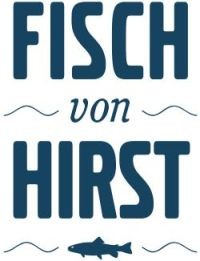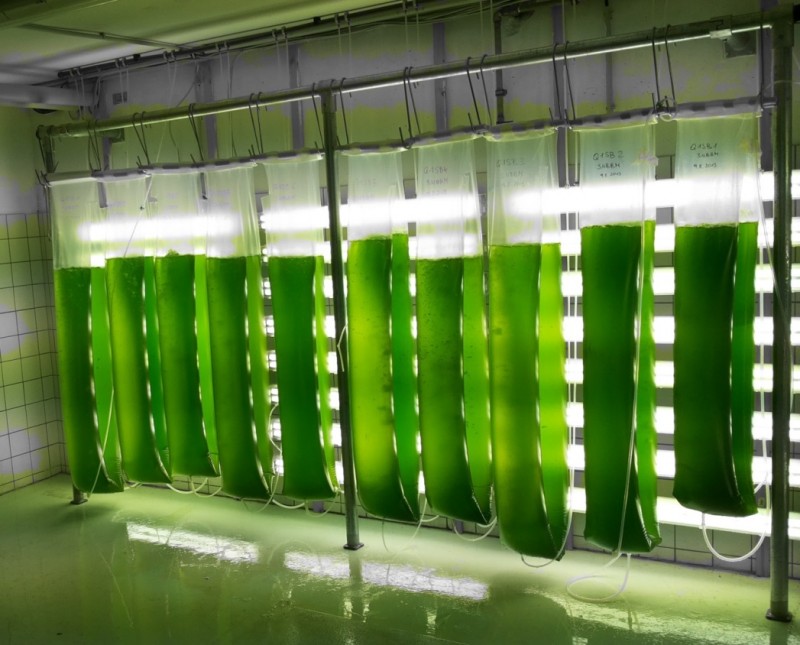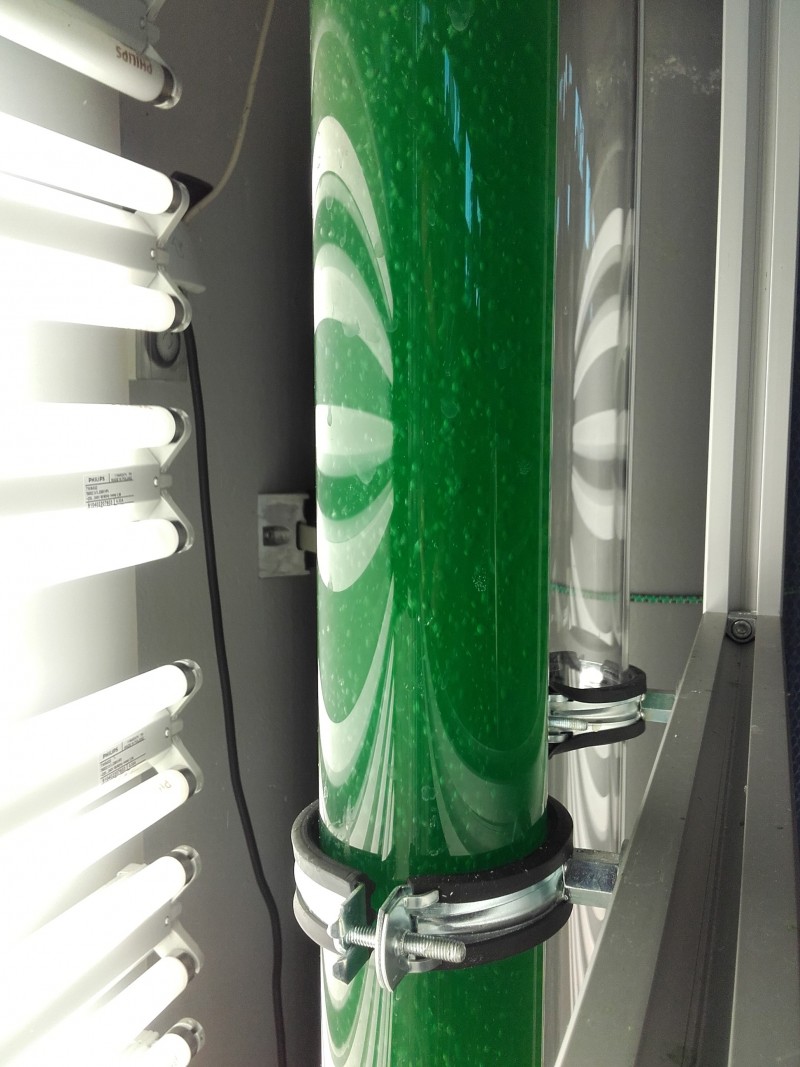Res-Algae: Revaluation of residues from biogas plants (fermentation residue, sewage sludge) for the production of algae biomass for the feed industry
By anaerobic digestion of organic residuals and wastes high amounts of digestate and sludge arise. The liquid fraction of these sludges is often not used. The recirculation and use of the therein contained nutrients is beneficial to increase the overall profitability of biogas plants and digestion towers. There are already first utilisation approaches for using different waste waters (municipal wastewater, sewage sludge, waste water from aquacultures), liquid digestates (anaerobic digested sewage sludge, cow dung, vegetable scraps) and agricultural waste waters (cattle slurry) as nutrient source for Chlorella sp., Nannochloropsis sp. and Arthropsira sp.. This algae biomass can be used as alternative protein source and to substitute marine feed sources (fish oil and fishmeal). Green algae as Chlorella sp. and Nannochloropsis sp. as well as cyanobacteria as Arthrospira sp. (Spirulina) are used as food and feed supplements for a long time, due to their nutrient composition (PUFAs, proteins, vitamins,…). Chlorella and Nannochloropsis had been used as feed for larval fish and rotifers.
For meeting the main aim of the project, the utilisation of algae/cyanobacterial biomass as fish feed, the growth of two algae/cyanobacteria strains in waste waters is evaluated and the biomass composition analysed. The produced biomass is used in feeding experiments for analysing the quality of the fed fish. Finally, the economic efficiency as well as the market potential of the feed will be evaluated.
Projektvolumen
EUR 200.000,--
Projektlaufzeit
2017-03-01 - 2018-12-31
Supported by
FFG, COMET
Projektpartner


Universität für Bodenkultur Wien, IFA Tulln - Interuniversitäres Department für Agrarbiotechnologie
Contact

Katharina LUDWIG
katharina.ludwig@best-research.eu
Area Management

Christoph STRASSER
christoph.strasser@best-research.eu


